Salamander
- 114 Posts
- 19 Comments

 2·17 hours ago
2·17 hours agoThe server admin has access to the server infrastructure. They can access the database directly, modify the code that runs lemmy, turn off the site, often has control of the domain name and makes sure it points to the server, etc. The server admin has control over the software that runs the instance and the computer it runs on. They might have an admin account too, but that is not strictly necessary.
With “site admin” I assume that you mean someone with an account that has admin privileges. Such an administrator can access the instance with an account that can see and take action on instance-wide reports, can modify the site’s side bars, create emojis, and has other admin privileges. These admin privileges live within the website itself and are determined by lemmy’s code. This admin does not automatically have access to the server nor the database.

 2·1 day ago
2·1 day agoThe structure is shown in the full text:


 2·5 days ago
2·5 days agoThere is a bit of humor and a bit of truth. I don’t have a garden and so when I was looking into whether it was possible to grow a pumpkin in a pot, most of what I found stated that the pumpkins need a lot of ground to have a strong and healthy root system, and a lot of sun, and so it is not recommended to grow them indoors. I thought that the plant would begin to grow but at some point the pot would not be able to sustain the root system and the plant would die. This has happened to me with many trees that I try to grow indoors - most recently my tamarind trees. They look perfectly healthy and then drop dead. Well, I am not certain of why the trees die but I suspect their roots rot.
But the humor is that I still don’t think it is a good idea to grow this plant indoors. It has taken over a lot of space! My original plan was to prune it and keep it small, but I noticed that even the farthest leaves are able to pull moisture from the pot with no problem, and so I am letting the plant grow to see what happens.

 7·6 days ago
7·6 days agoThank you being around, bringing this nice community here, and helping with the federation!! 😁

 3·7 days ago
3·7 days agoI find it satisfying to see the graph come down :)

 5·7 days ago
5·7 days agoYes, sorry, there was some serious lagg in fetching posts from Lemmy World that persisted for several days and accumulated a 1-week delay.
But after upgrading Mander it is now fetching data from LW quite rapidly and it should be back in-sync in about a day and a half from now.
If you are curious about the ranking algorithm, there is some info here: https://join-lemmy.org/docs/contributors/07-ranking-algo.html

 2·8 days ago
2·8 days agoSorry I missed this, but, of course! I think that the dataisbeautiful community would be a good fit. I will try to deal with the federation issues as soon as possible.
Awesome! The one with the sustained source loop is my favorite:
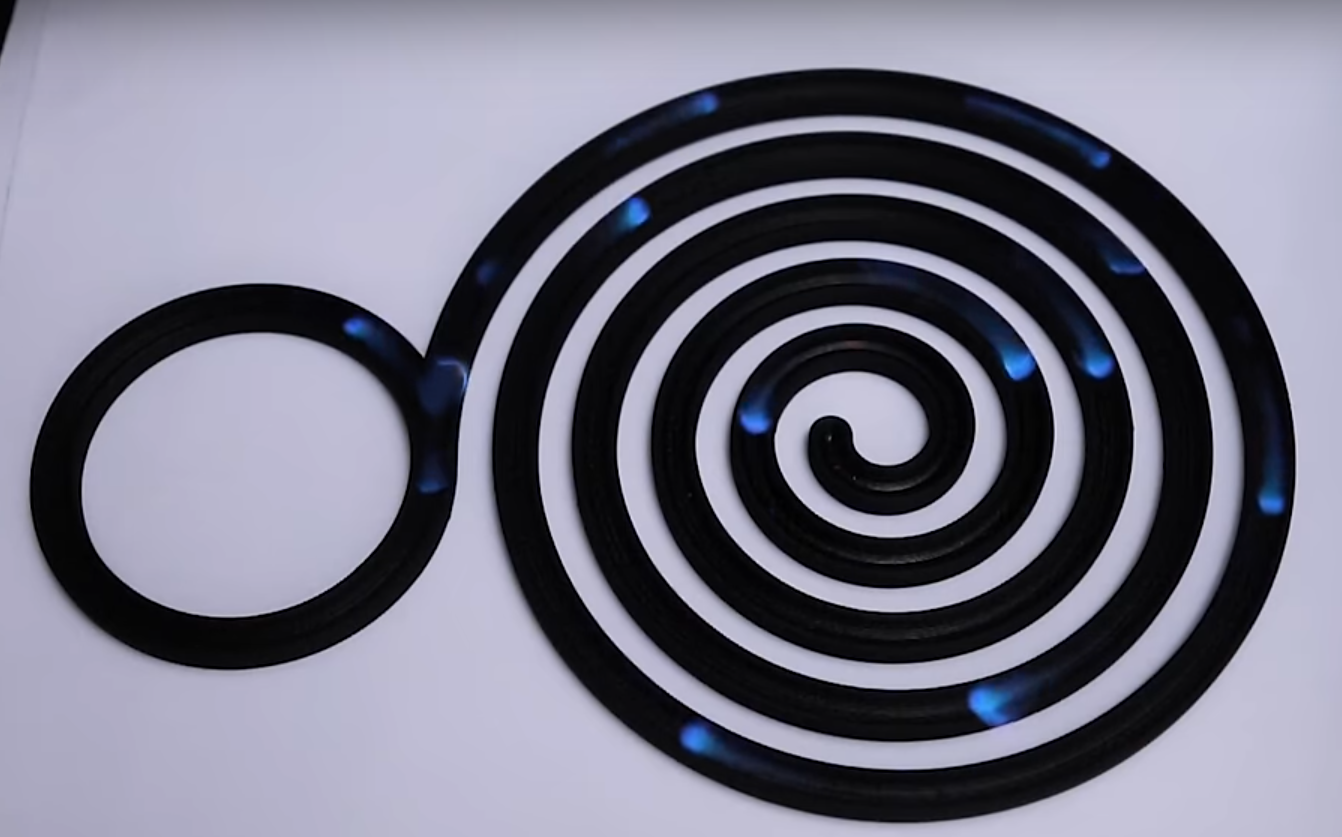
Also, the one that shoots out flames paints a picture similar to how a synchrotron behaves, shooting out X-rays into the beamlines as the electron bunches move around.


Upon looking into it closer, the synchrotron is a bit of a mixture of those two concepts - the source loop (booster ring) that is fed by the linear accelerator, and then the larger loop (storage room) that feeds X-rays the beamlines. Of course, many details differ, but still it is interesting to notice the similarities !
Awesome, thanks!! :D I will deactivate the other bot.
I am also running a modified version of the bot on /c/houseplants, but that one responds only if specific keywords are found in the title. I will continue testing that one.
The error I see is a “bad image format” response from the PlantNet API. I zoomed in, took a screenshot, and re-uploaded it to imgur and it worked.
From the FAQ: " The ideal image size is 800 pixels for the small side, or otherwise 1280 pixels for the large side. "
This image is 259x194, so I think that is why it is rejected.

 2·4 months ago
2·4 months agoBeautifull! In Mexico I saw many bright red Hibiscus, but I don’t remember ever seeing a pink one.
Woah - I had never heard of the Hatzegopteryx. I spent some time today watching videos of this guy today (and its relatives, Quetzalcoatlus and Argentinosaurus). They are really cool.
I know that there is a lot of arguments about what dinosaurs actually looked like - I hope that in the videos they make these guys scarier than they actually were… This video is especially: https://www.youtube.com/watch?v=pYniD_MQ7Rg
Personally, this style (from a great PBS Eons video) is my favorite interpretation:


And artists apparently like to emphasize that these guys could eat small dinosaurs!






 0·4 months ago
0·4 months agoI think that’s unlikely, but you’re very kind to phrase “no, dumbass” in that way.
Not at all!!! I like to make an effort to be helpful and learn myself in the process, but I also don’t understand all of the details and I don’t want to mislead others by saying something wrong with confidence 😄 I think that adding a disclaimer is a reasonable middle-ground. If an actual expert can chime in at some point it’s always appreciated - even if (or, especially if!) they call me out on how mistaken I am.

 0·4 months ago
0·4 months agoKind of. I understand it a bit differently, but I might misunderstand some details. This is what I understand:
they successfully created a solid state oscillator
The resonator is a silicon nitride membrant with nanopillars grown on top to modulate its resonant properties. Here is an image from the supporting info showing how these are made, and the silicon nitride membrane that oscillates is the purple part:
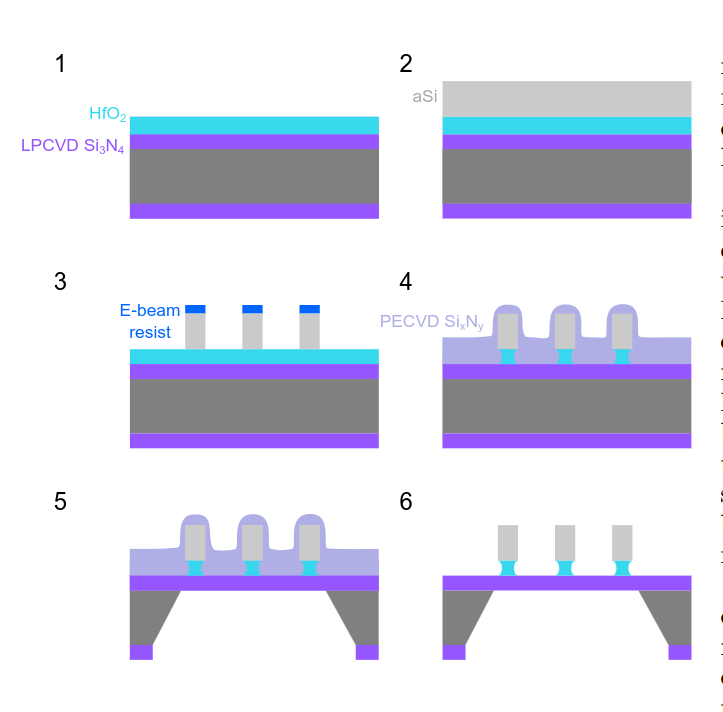
where vacuum fluctuations become an important thermal factor, and overcame those factors to produce a (relatively short lived at thirty cycles) wave?
I think this is a mixture of two concepts that are mentioned, but the thermal influence and the vacuum fluctuations play different roles.
The noise comes from thermal fluctuations that are transmitted through phonons - no need to invoke vacuum fluctuations yet. At this large scale, the random phonons that naturally exist at room temperature will interact with the membrane as it oscillates, and so its motion over time is unpredicatable. Since the motion of the membrane is described in terms of its quantum-mechanical vibrations, the loss of this phase information means that the “quantum coherence” is decays very quickly due to noise. They have suppressed the noise by engineering the cavity in a way that specifically filters out the phonons that are most likely to interact with the membrane in a way that disturbs its oscillations.
The vacuum fluctuations were mentioned in the context of the fluctuations in laser intensity that are responsible for pushing the membrane such that it vibrates.
What was the medium of the wave: air seems incorrect… light, I suppose?
In the supporting info they mention that the device is in a vacuum chamber:
We also cannot exclude a small contribution to the observed dissipation due to collisions with the residual gas molecules in the vacuum chamber where the MIM cavity is located [19].
So it is not air. The membrane is the vibrating object. A laser provides the driving fields:
From the text:
In the textbook description of cavity optomechanics, the mechanical motion is driven by the vacuum fluctuations of the laser amplitude and transduced by the linear response of the cavity into phase fluctuations of the light field. The induced phase–amplitude correlation of the light field manifests as a noise reduction below the shot noise level (squeezing).
What would one use such an oscillator for, or is this more a demonstration of what is now possible in optomechanics?
In the introduction they specify a few examples. I quote from there:
Cavity optomechanics, in which the mechanical oscillator is dispersively coupled to an optical cavity, has enabled numerous advances, including ground state cooling, optomechanical squeezing of light and entanglement of separate mechanical oscillators. Yet, all these advances necessitate cryogenic cooling to reduce thermal fluctuations. Room-temperature operation is beneficial to the accessibility and widespread adoption of technology, as witnessed in other branches of physical science. Developing room-temperature quantum optomechanical systems would imply a drastic reduction in experimental complexity by removing the limitations imposed by cryocoolers such as poor thermalization, excess acoustic noise and limited optical access. Room-temperature operation could stimulate applications such as coupling to atomic systems, force microscopy and variational displacement measurements.

 1·11 months ago
1·11 months agoHmmm, I vote for Matricaria chamomilla!
EDIT: I passed the other photos through PlantNet, and PlantNet agrees with me. I thought that the frame I chose for the post would be the best for identifying because it shows the leaves better. But now I have one suspicion: Most of the photos of Matricaria chamomilla that you can find by searching for images online feature the flowers, while photos of Chamaemelum fuscatum are taken with a similar framing to my input photo to showcase its dark stem. So maybe this bias in the framing of the photos present in the training set contributed to this miss-id. Just a thought.

 0·11 months ago
0·11 months agoYou handled it great. I think you have a good chance of winning this one! Looking forward to your update in which you tell us that your landlord backed off :D
Moderates





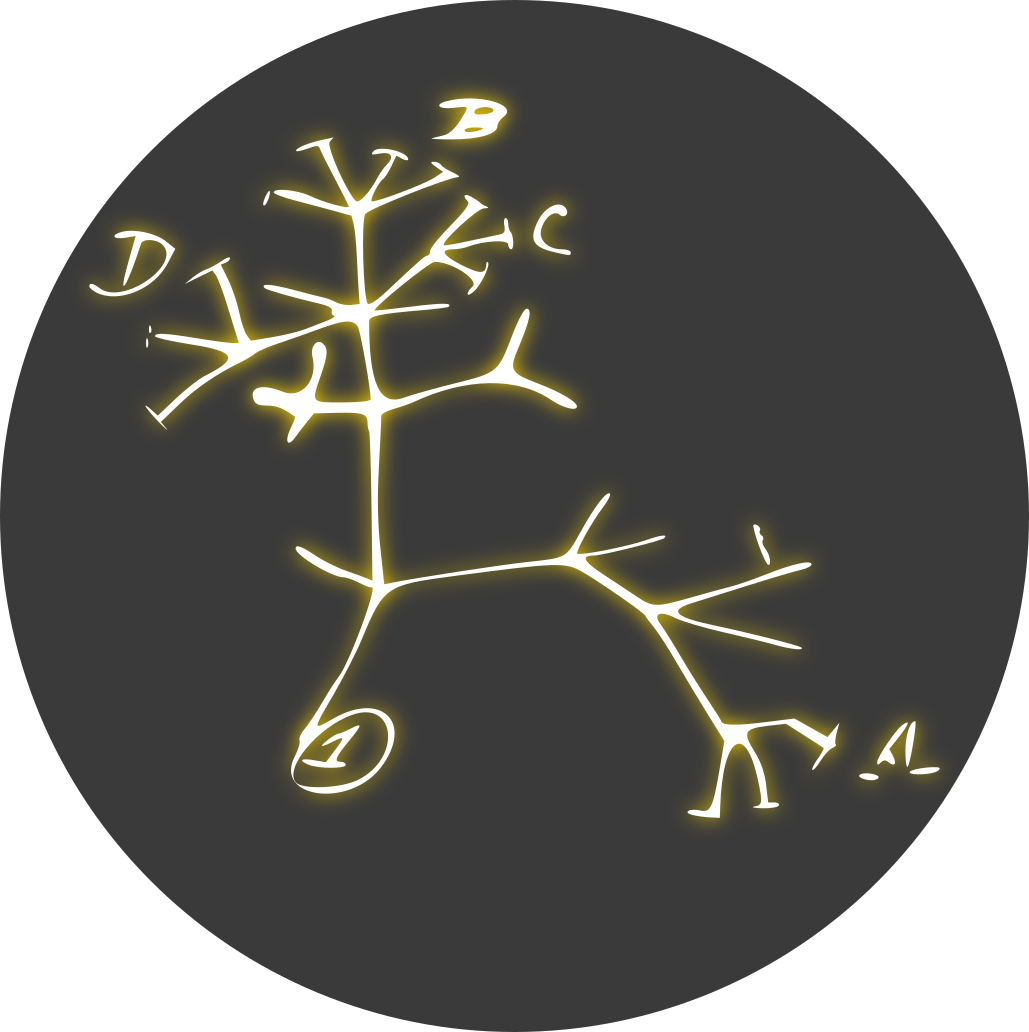









- New Communities@mander.xyz

- Self sufficiency@mander.xyz






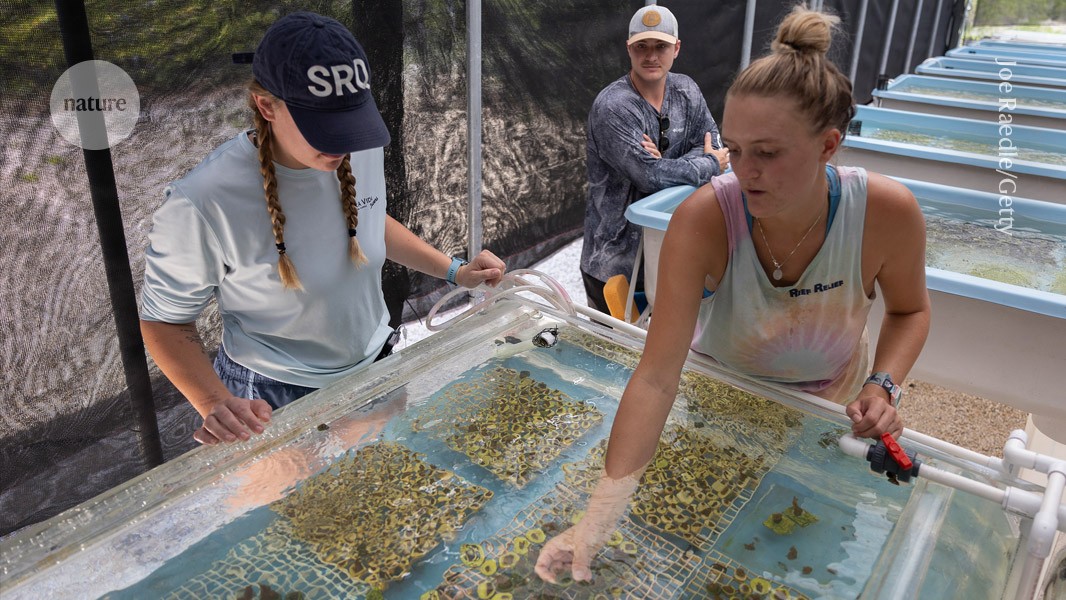






Publishing in a more prestigious journal usually means that your work will be read by a greater number of people. The journal that a paper is published on carries weight on the CV, and it is a relevant parameter for committees reviewing a grant applicant or when evaluating an academic job applicant.
Someone who is able to fund their own research can get away with publishing to a forum, or to some of the Arxivs without submitting to a journal. But an academic that relies on grants and benefits from collaborations is much more likely to succeed in academia if they publish in academic journals. It is not necessarily that academics want to rely on publishers, but it is often a case of either you accept and adapt to the system or you don’t thrive in it.
It would be great to find an alternative that cuts the middle man altogether. It is not a simple matter to get researchers to contribute their high-quality work to a zero-prestige experimental system, nor is it be easy to establish a robust community-driven peer-review system that provides a filtering capacity similar to that of prestigious journals. I do hope some alternative system manages to get traction in the coming years.